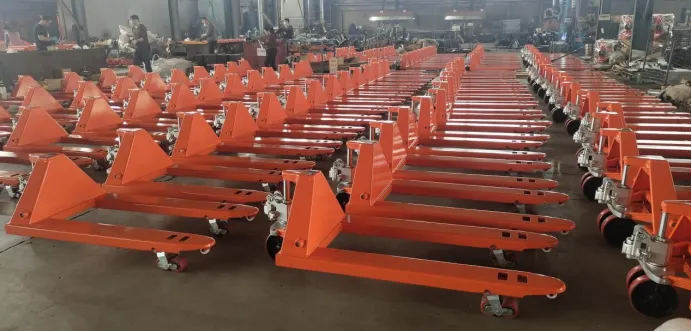


Designing an Electric Winch Key Considerations and Steps
Electric winches have become essential tools in various industries, from construction and maritime applications to automotive recovery and industrial lifting. Their efficiency and ease of use make them a preferred choice over manual winches. As the demand for electric winches grows, understanding the design process becomes critical for engineers and manufacturers alike. This article will explore the key considerations in the design of electric winches and outline the steps necessary to create a reliable and efficient product.
Understanding the Purpose
Before delving into the technical aspects of design, it is essential to understand the intended purpose of the electric winch. Electric winches are employed for pulling, lifting, or lowering heavy loads. Applications can range from lifting boats onto trailers to securing loads in transportation. Therefore, identifying the specific use case will guide the design requirements, such as load capacity, pull speed, and environmental considerations.
Load Capacity and Specifications
One of the primary design challenges is determining the load capacity. Winches must be designed to handle the maximum expected load with a safety margin. Load capacity calculations typically involve factors such as
- Weight of the Load The total weight that the winch will lift or pull. - Dynamic Loads Accounting for any additional forces that may occur during operation, such as sudden stops or starts. - Safety Factor A commonly accepted safety factor for winches ranges from 1.5 to 2, ensuring that the winch can handle unexpected stresses.
Once the capacity is established, engineers can select the appropriate motor size, gear ratio, and drum dimensions to accommodate the load.
Motor Selection
The motor is a critical component of an electric winch. The choice between a DC and an AC motor will depend on the application and power source availability. DC motors are often favored for their simplicity and ease of control, while AC motors might be employed in stationary applications where power is consistently available. Key considerations when selecting a motor include
- Power Rating The power output needed to handle the required load. - Speed Requirements The rotational speed required for lifting or pulling the desired loads efficiently. - Duty Cycle How often the motor will be run, which impacts its cooling and longevity.
Gear Mechanism Design
A well-designed gear mechanism is essential for converting motor power into usable mechanical advantage. Gears can increase torque at the expense of speed, making it easier to lift heavy loads with a smaller motor. Factors to consider include

- Gear Ratio A higher gear ratio increases torque but decreases speed. Choosing the right ratio is crucial for meeting operational demands. - Type of Gears Options include spur gears, worm gears, or planetary gears, each with unique benefits regarding torque multiplication, size, and efficiency.
Drum and Rope Selection
The drum is the cylinder around which the rope or cable is wound. It must be designed to support the tensile strength of the rope or cable selected for use. When choosing the right material, consider
- Diameter The drum must be large enough to accommodate the length of rope required without exceeding the recommended winding limits. - Material Aluminum, steel, or composite materials can be utilized based on weight, resistance to corrosion, and load-bearing capacity. - Cable Type Wire rope or synthetic rope each has its advantages and disadvantages. Wire ropes are durable and have high tensile strength, while synthetic ropes are lightweight and easier to handle.
Control System Design
An effective control system enhances the functionality of an electric winch. Modern winches often incorporate electronic controls, which can include
- Remote Controls Wireless capabilities for ease of operation from a distance. - Load Sensors To monitor and adjust the winch operation based on load conditions. - Safety Features Such as overload protection and emergency stop mechanisms.
Environmental Considerations
Finally, engineers must consider the environments in which the electric winch will operate. Factors such as exposure to moisture, dust, and extreme temperatures can affect performance and lifespan. Design considerations might include
- Sealing To protect internal components from water and dust. - Coatings For corrosion resistance in maritime environments.
Conclusion
Designing an electric winch is a multifaceted process that requires careful consideration of load capacity, motor selection, gear mechanisms, and operating environments. By following a systematic approach, engineers can create reliable and efficient electric winches tailored to specific applications. As technology advances, ongoing innovations will continue to enhance the performance and versatility of electric winches, ensuring they remain indispensable tools across various industries.



